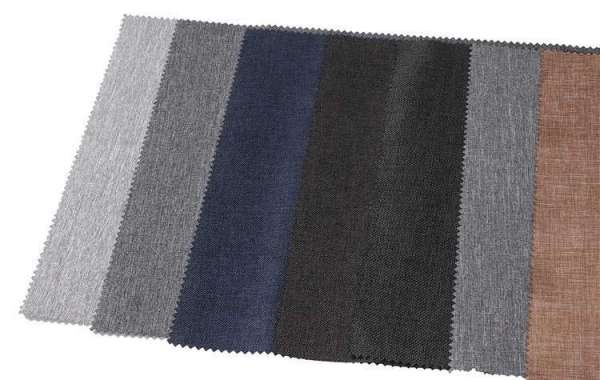In human clothing life, printed fabric is one of the most popular textile products. Since ancient times, many exquisitely crafted and colorful printed fabrics have always left a particularly beautiful image. Its development process also reflects the civilization and progress of human society.
Early fabric printing was done manually, relying on the superb skills of craftsmen. The earliest ones were discovered in the archaeology of India, China, and Egypt. The early Indian floral cloth was printed by hand woodblock, that is, the embossing of the carved woodblock was brushed with paint, and the pattern was formed by heavy embossing on the fabric.
Before the 7th century, Nissa, Baghdad, Aleppo and Damascus around India were also famous textile centers. This is not only a textile exchange market but also a place where cotton fabric workshops and workshops are concentrated.
At the end of the 14th century, a method of printing on fabric with oil paint appeared in Europe. It became popular in Italy. However, these fabrics are expensive, and are mostly enjoyed by the nobles, and are not affordable by ordinary people. Therefore, people later copied this pattern and printed it on ordinary linen, which became a popular product.
Since the 20th century, with the development of world trade and the communication between Eastern and Western cultures, fabric printing has entered a rapidly changing era. New ideas and new technologies continue to emerge, people continue to explore and innovate, and there is a situation where various styles and schools coexist.
Hangzhou Xiaoshan Zhengda Textile Co., Ltd. specializes in fabric for sale. If you are interested in printed fabrics, please contact us.







